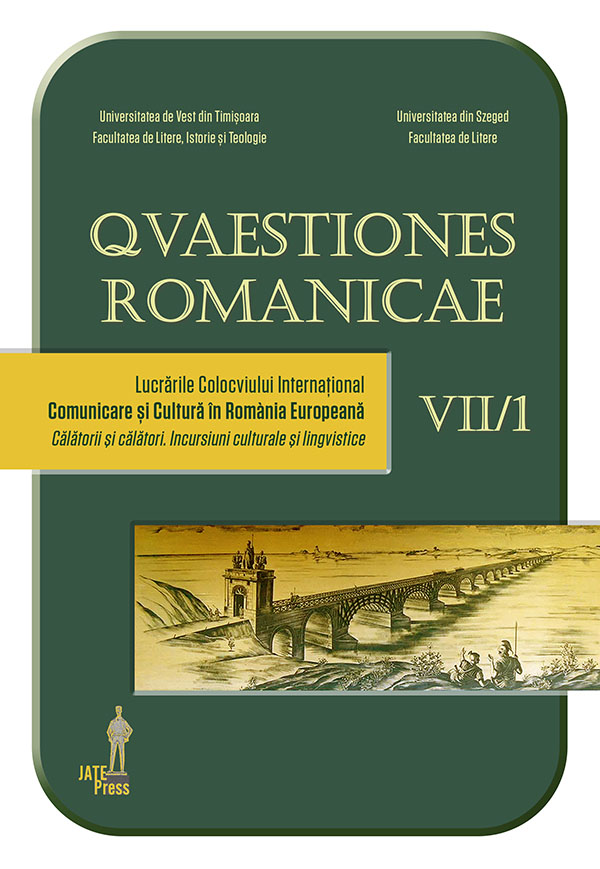Călătoria nedorită
Abstract: (The Unwanted Journey) În 1436, a teenager – later known as Georg Captivus Semptemcastrensis – was student in Sebes. He got caught in the turmoil of the history when the troops of sultan Murad II aggressively entered the city: he joined – ready to die – a small group of brave and desperate men that tried to resist the Turks. Georg miraculously survives a fire and becomes slave. For two decades he struggled to escape, being again and again caught, brought back, sold and resold. Finally, after persuading his last master that was eager to study, he managed to get out of the Ottoman Empire and reached Rome, taking refuge in a Dominican monastery. Haunted by the experience of slavery and the contact with the Muslim world, he decides to write a book meant to reminds him of the dangers that were always pending (as he says) and to be useful in the future to other possible victims. The journeys defined his life (and posterity): from Sebes to Adrianopolis, and finally to Rome (where from he never returned to his native land), from the Christian world to the Muslim world, finding a final refuge by the Dominican friars. His book, published in 1481, was re-edited by Martin Luther in 1530, soon after the Siege of Vienna, with polemical accents toward the Catholicism.
Keywords: Georg Captivus Septemcastrensis, Transylvania, Ottoman Empire, Rome, Martin Luther.
Rezumat: În 1436, cel ce a fost cunoscut mai târziu ca Georg Captivus Septemcastrensis era student la Sebeş. Adolescentul avea să fie prins în vârtejurile istoriei, odată cu pătrunderea agresivă în cetate a trupelor sultanului Murad al II-lea: se alătură – pregătit să moară – unui grup puţin numeros ce încerca să opună rezistenţă turcilor. Supravieţuieşte miraculos unui incendiu şi este dus în robie. Vreme de două decenii se zbate să scape, fiind mereu prins, adus îndărăt, vândut şi revândut. În cele din urmă, convingându-şi ultimul stăpân că vrea să îşi continue studii, reuşeşte să iasă din Imperiul otoman şi ajunge la Roma, refugiindu-se într-o mănăstire dominicană. Marcat de experienţa traumatizantă a sclaviei şi de contactul cu lumea musulmană, el decide să scrie o carte care să-i amintească primejdiile, oricând repetabile (după cum afirmă) şi să fie de folos altor posibile victime din viitor. Călătoriile i-au definit existenţa (şi posteritatea): de la Sebeş la Adrianopolis, apoi la Roma (de unde nu a mai revenit niciodată în ţinuturile natale), din lumea creştină în cea musulmană, iar apoi între dominicani. Cartea lui, apărută în 1481, a fost reeditată de Martin Luther în 1530, îndată după Asediul Vienei, cu accente polemice faţă de catolicism.
Cuvinte-cheie: Georg Captivus Septemcastrensis, Transilvania, Imperiul otoman, Roma, Martin Luther.
